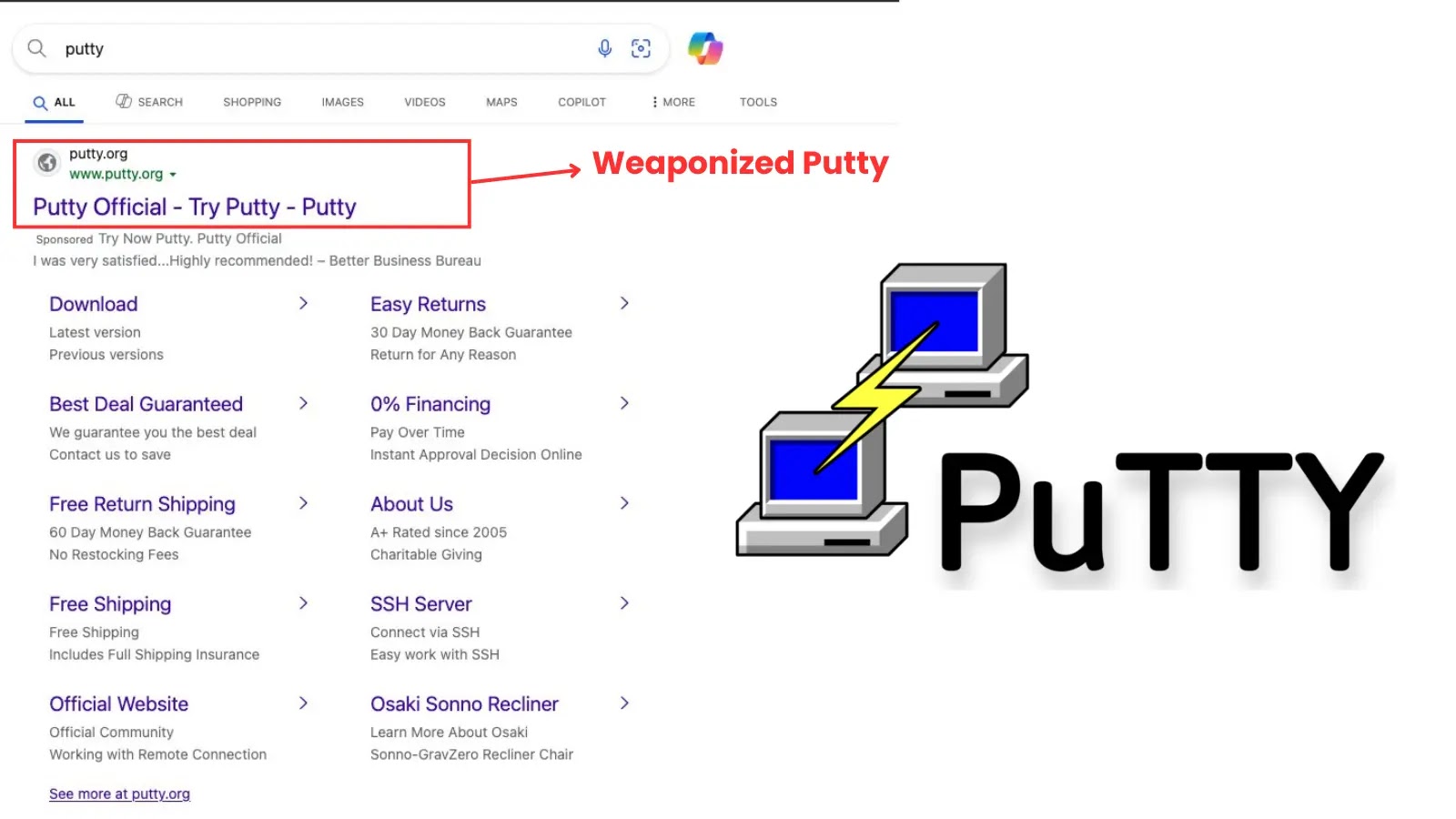In recent years, the cybersecurity landscape has witnessed a dramatic escalation in the exposure of user credentials. According to Verizon’s 2025 Data Breach Investigations Report, leaked credentials were responsible for 22% of breaches in 2024, surpassing other attack vectors such as phishing and software exploitation. This trend underscores a significant shift in cybercriminal tactics, emphasizing the exploitation of compromised login information.
The year 2025 has seen an alarming 160% increase in leaked credentials compared to the previous year, as reported by Cyberint, a threat intelligence firm recently acquired by Check Point. Their comprehensive analysis, titled The Rise of Leaked Credentials, delves into the magnitude of these leaks, the methodologies employed by attackers, and proactive measures organizations can adopt to mitigate risks.
The Acceleration of Credential Leaks
The surge in credential leaks is not merely a matter of increased numbers; it also reflects the enhanced speed and accessibility with which these credentials are exploited. In a single month, Cyberint identified over 14,000 corporate credential exposures linked to organizations with active password policies, indicating that these credentials were in current use and posed immediate threats.
Several factors contribute to this rapid escalation:
– Automation in Cyber Attacks: The advent of infostealer malware, often available as a service, enables even individuals with minimal technical expertise to extract login data from browsers and system memory.
– Sophisticated Phishing Campaigns: Artificial intelligence has facilitated the creation of phishing campaigns that closely mimic legitimate communications, increasing the likelihood of user deception.
– Underground Marketplaces: Once harvested, these credentials are traded on dark web forums and Telegram channels, making them readily accessible to a broad spectrum of cybercriminals.
A particularly concerning aspect is the delay in addressing these leaks. The average time to remediate credentials exposed through platforms like GitHub is approximately 94 days, providing a substantial window for attackers to exploit the information undetected.
The Multifaceted Use of Stolen Credentials
Compromised credentials serve as a gateway for various malicious activities:
– Account Takeover (ATO): Attackers gain unauthorized access to user accounts, enabling them to send phishing emails from legitimate addresses, manipulate data, or execute financial fraud.
– Credential Stuffing: Many users reuse passwords across multiple services. Once one account is compromised, attackers can exploit this practice to access other accounts in a cascading effect.
– Spam and Botnet Operations: Hijacked email and social media accounts can be utilized to disseminate spam, misinformation, or engage in promotional abuse.
– Extortion and Blackmail: Cybercriminals may threaten to release sensitive information unless a ransom is paid, leveraging the fear and uncertainty surrounding the extent of the breach.
The repercussions of such breaches extend beyond the immediate compromise. For instance, access to a personal email account can lead to the discovery of recovery emails for corporate services or sensitive shared documents, amplifying the potential damage.
Proactive Measures and Monitoring
To combat this escalating threat, organizations must adopt a proactive stance:
– Continuous Monitoring: Implement systems that continuously scan for credential leaks across various platforms, including the deep and dark web.
– Automated Detection: Utilize AI-driven tools to identify patterns indicative of credential exposure, even when data is anonymized or bundled with other information.
– Contextual Alerts: Ensure that alerts regarding potential breaches are enriched with contextual information, enabling swift and informed responses.
By integrating these strategies, organizations can enhance their resilience against the growing threat posed by leaked credentials.



